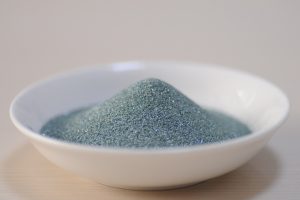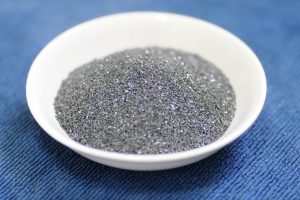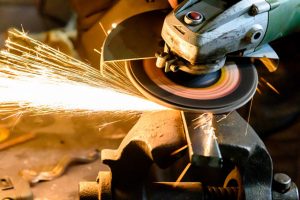Home / News & Blog / Abrasive Blog / Choosing the Best Abrasive Grain Type for Your Application
In the world of manufacturing and industrial processes, the choice of abrasive grain is critical to achieving optimal results. Abrasive grains are essential components in various applications, including grinding, cutting, and polishing. Selecting the right type of abrasive grain can significantly affect efficiency, surface finish, and overall cost-effectiveness. This article will guide you through the process of choosing the best abrasive grain type for your specific application, exploring different materials, their characteristics and applications.
The abrasives are used to remove unwanted material from the workpiece by rubbing the abrasive material on it. The abrasives are used in manufacturing industries, toolmaking, household repairing, plumbing, sanding, grinding, and other DIY projects. The main purpose is to achieve a high surface finish on the materials.
Abrasive materials include flap discs, grinding wheels, sanding pads, drill bits, carbide burrs, grinding belts, and polishing or buffing products.
The shape and size of abrasive grains also play a crucial role in their performance. Larger grains can remove material faster, while smaller grains provide a finer finish. Additionally, the shape of the grains can influence how they cut into the material. For example, angular grains tend to cut more aggressively, whereas rounded grains are better for finishing.
Common types of abrasive grains
1. Aluminum Oxide
Aluminum oxide is one of the most widely used abrasive materials. Its durability and resistance to wear make it suitable for a wide range of applications, from metal grinding to wood finishing. Aluminum oxide is available in various grades, allowing users to choose the right level of coarseness for their specific needs.
Silicon carbide is known for its sharpness and is particularly effective for harder materials such as glass, ceramics, and certain metals. Its unique properties make it suitable for applications requiring a fine finish or for materials that are difficult to grind.


Zirconia alumina combines the properties of aluminum oxide and zirconium, making it ideal for heavy-duty applications. This abrasive grain is often used in grinding and sanding metal, providing excellent performance and a longer lifespan compared to other options.
4. Ceramic Grains
Ceramic grains are engineered to provide superior performance in tough applications. They are often used in high-pressure grinding situations and can maintain their cutting ability over a longer period.
1. Metalworking
– Used for grinding, cutting, and polishing metals. Abrasive helps shape and finish metal components in various industries, including automotive and aerospace.

2. Woodworking
– Employed in sanding and finishing wood surfaces. Abrasive grains ensure smooth finishes and prepare surfaces for staining or painting.
3. Glass Manufacturing
– Utilized for grinding and polishing glass products. Abrasive helps achieve precise shapes and high-quality finishes on glass items.
4. Ceramics and Stone
– Used in shaping and finishing ceramic tiles and stone materials. Abrasive can cut through hard surfaces to create smooth, polished finishes.
5. Composite Materials
– Effective in machining composite materials used in industries like aerospace and automotive. Abrasive helps in shaping and finishing these complex materials.
6. Surface Preparation
– Used in cleaning and preparing surfaces for coatings, adhesives, or paint. Abrasive removes old finishes, rust, and other contaminants.
Understanding your abrasive requirements is essential for selecting the right type of abrasive for your specific application. Factors such as the material being worked on, the desired finish, and the operational conditions—including speed, pressure, and temperature—must be considered. Different abrasives, such as aluminum oxide, silicon carbide, and zirconia, offer varying levels of durability, sharpness, and performance. By evaluating these aspects, you can ensure that you choose the most suitable abrasive to achieve optimal results, enhance efficiency, and minimize costs in your manufacturing or finishing processes.
Choosing the best abrasive grain type for your application is crucial for achieving optimal results. By understanding the different types of abrasive grains and their characteristics, you can make an informed decision that aligns with your specific needs. Whether you require durability, sharpness, or cost-effectiveness, the right abrasive grain can enhance your processes and deliver superior results.